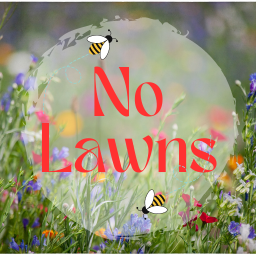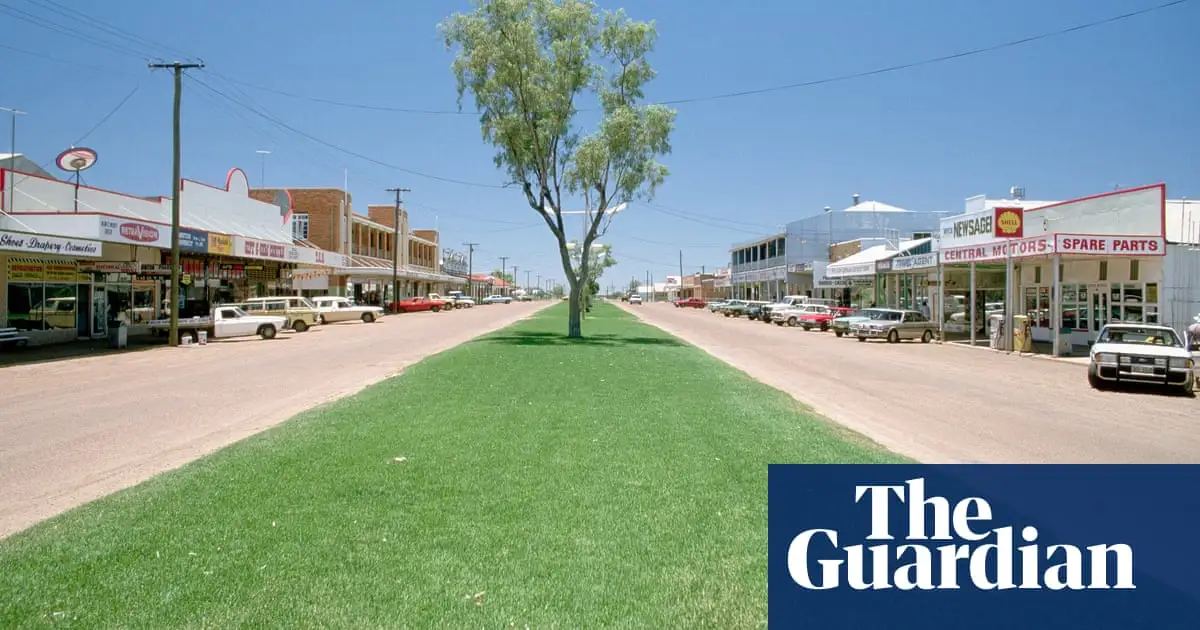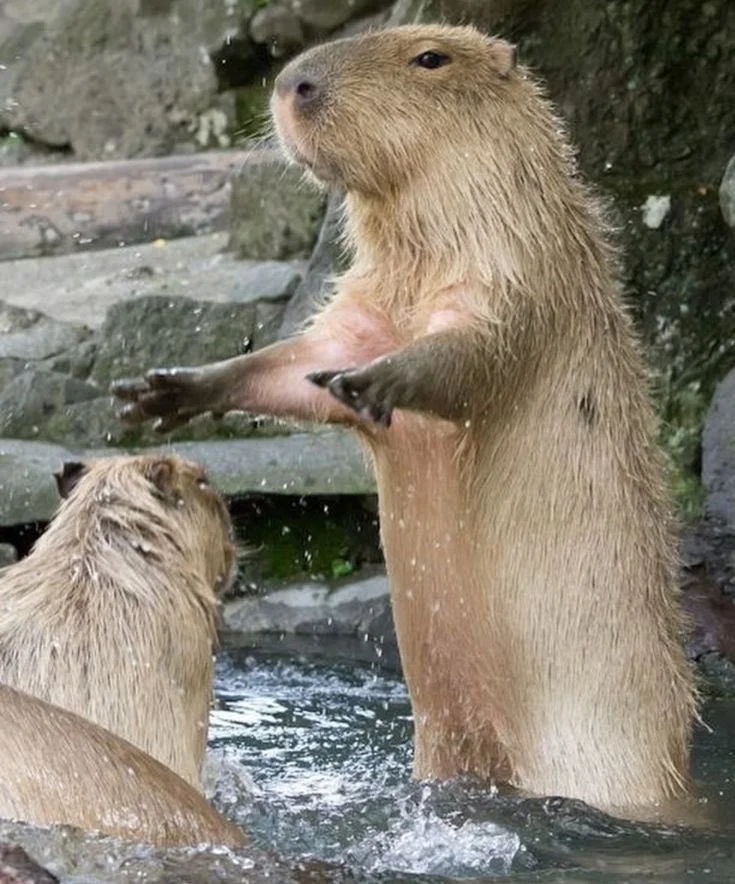I despise lawns and plan to get rid of mine.
That said, Kikuyu grass is not without its virtues.
Firstly, it’s cheap. Yes you need to mow it but that just takes time, not money.
Secondly, it’s better than dirt. You can walk across it when it’s wet without getting dirty.
Thirdly, you can see snakes on short grass. This was a huge advantage for most of Australia’s history.
Lawns certainly have a role; hard to picnic or play soccer in tall fields of native grasses. Keeping a small patch as a part of ones landscaping is fine imo
I think mixed greens generally do better. Grass monocultures are really just for sporting fields and other very hard used areas.
Even so clover etc is often beneficial and will stay naturally if poison isn’t sprayed.
It’s about time, isn’t it
This is the best summary I could come up with:
The smell of freshly cut lawn and dry grass lies deep in the sense memory of many of us, as does the heavy thrum of the sprinklers that pump water on to the sleepy spaces of school ovals and parks in the summer.
After all, while grasses are one of the most successful types of plant on Earth, growing on every continent, and covering around 40% of the planet’s land surface, lawns are monocultures made up of a handful of species that require frequent watering, fertiliser and – often – pesticides.
Andrea Gaynor, professor of history at the University of Western Australia, argues that while some settlers appreciated the beauty of Australian landscape from early on, that “didn’t override the necessity to provide a civilised veneer that meant the colony could project an image of itself as stable, settled and prosperous, and therefore an attractive field for investment.
As the vast, manicured sports fields that surround the most expensive private schools or the sprawling golf courses that occupy hundreds of millions of dollars worth of land in the inner suburbs of Australia’s cities eloquently demonstrate, lawns continue to act as powerful signifiers of wealth and social status.
In Perth, where rainfall has declined about 20% over the past half a century, and inflow to dams has dropped even more substantially, the city’s love affair with its lawns and gardens means per capita water consumption remains far higher than in other Australian capitals.
Instead, as Scott leads me through the space she points out humped masses of wallaby and weeping grass, the green, juicy leaves of tiny dichondras, and the darker stems of trefoils sprouting among the leaf litter, all remnants of the now-critically endangered Sydney turpentine ironbark forest ecosystem that existed here before European invasion.
The original article contains 2,309 words, the summary contains 295 words. Saved 87%. I’m a bot and I’m open source!



